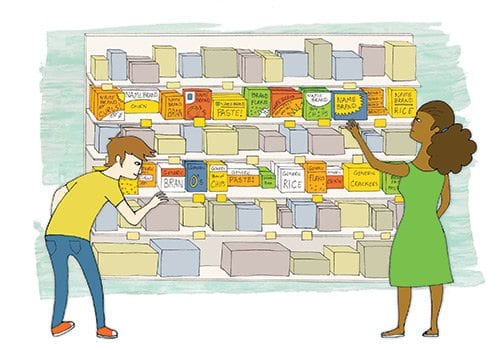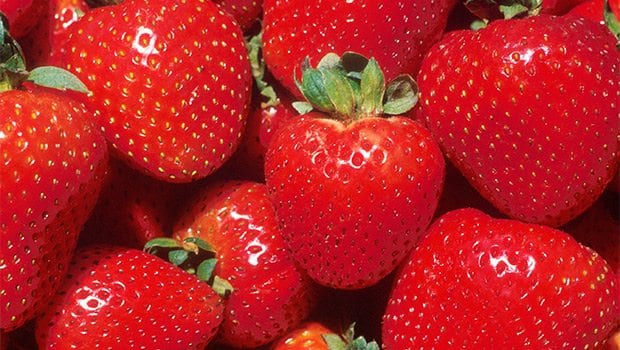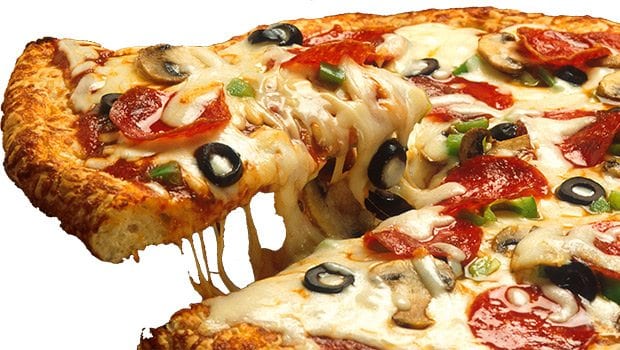Store brand groceries in demand
Good value at a lower cost

Several years ago when the economy went south, consumers turned to store brand groceries to make ends meet. A funny thing happened, though. When the economy improved and incomes rose, consumers did not return to their previous shopping habits and preferences.
A 2015 report from consulting firm McKinsey & Company found that 75 percent of consumers say that they do not intend to go back to purchasing national brands. In fact, one-third no longer prefers the expensive brand. The report concluded that consumers are of the opinion that store brand items offer better value for the money and are of higher than expected quality.
This attitude marks a huge transition from the past. At one time there was a stigma associated with grocery store brands. They stood out with their no-frills packaging, and were considered necessary only for those on tight budgets. Fast forward to today, and an entirely different picture emerges. In 2015 total annual sales of store brands exceeded $118 billion, according to the Private Label Manufacturers Association. Store brands in supermarkets accounted for $63 billion of that amount. Nearly one of every four items sold in the country’s supermarkets last year was a store brand.
Fresh foods in particular have developed brand loyalty, and constitute a double-digit percentage of the products sold in supermarkets: Eggs (65 percent), milk (56 percent), cheese (39 percent), bread and baked goods (35 percent) and fresh produce (21 percent). These figures are a boon to supermarkets, according to PLMA, since fresh foods in supermarkets are growing faster than other sections of stores.
This change in preference has spurred the development of manufacturers to meet the rising demand. Some smaller companies concentrate on developing store brands exclusively, but even large national brand manufacturers have entered the market. All manufacturers must meet industry standards. The products are tested and analyzed for quality and safety by independent companies. Manufacturers are required to abide by the National Labelling and Education law that requires most foods to list calories and nutrients per serving size. Health claims must meet FDA regulations.
With comparable quality, some consumers say they cannot distinguish between national and store brands. Consumer Reports published an article on its comparison of taste tests. Trained testers evaluated 19 different foods. National brands won eight times, store brands once. The most significant finding, however, was that national and store brands tied 10 times.
Store brands are a boon to supermarkets. They help instill store allegiance. They save money for not only shoppers, but for the stores themselves. Supermarkets pay the manufacturing cost, but unlike national brands, they avoid marketing costs. That’s a huge expense. The goal of national brands is to be available in every store in the country, while the store brands are more exclusive. That means money for advertising, merchandising and promotion.
In 2015 consumers who purchased store brands saved an estimated $30 billion, according to PLMA. On a typical trip to the supermarket, a shopper saves about one-third on basic grocery and household items when choosing store brands.
The once called “generics” have all grown up. They now go by several monikers: private label or private brand, house or own brand. Whatever you choose to call them, they are taking their place in supermarkets and will not be ignored.






